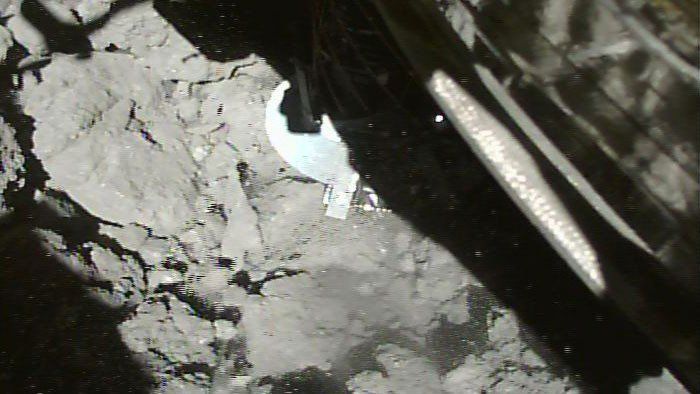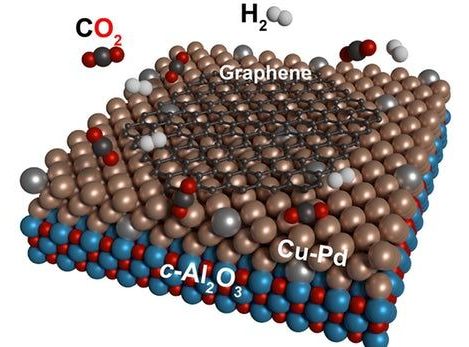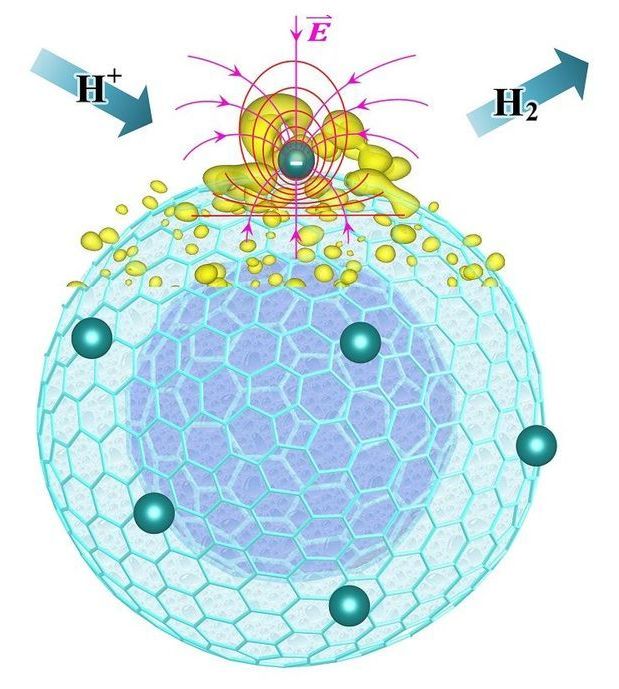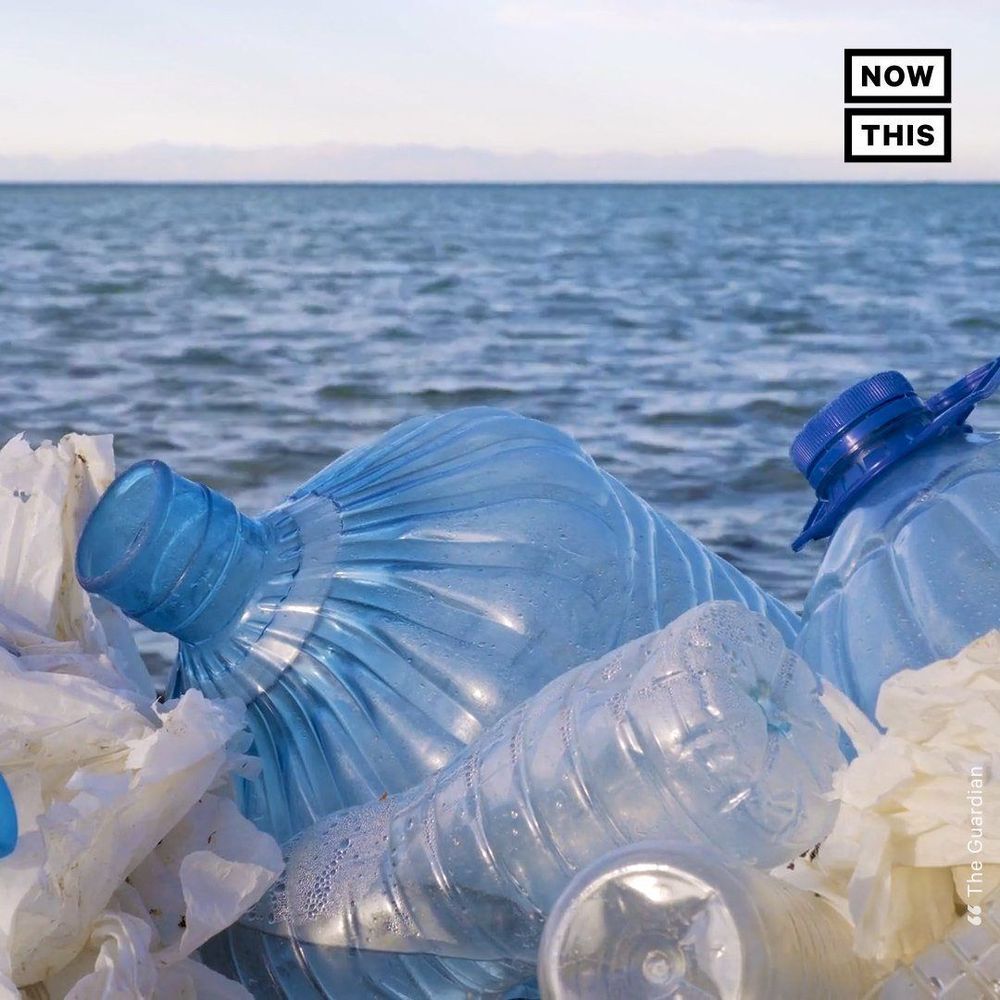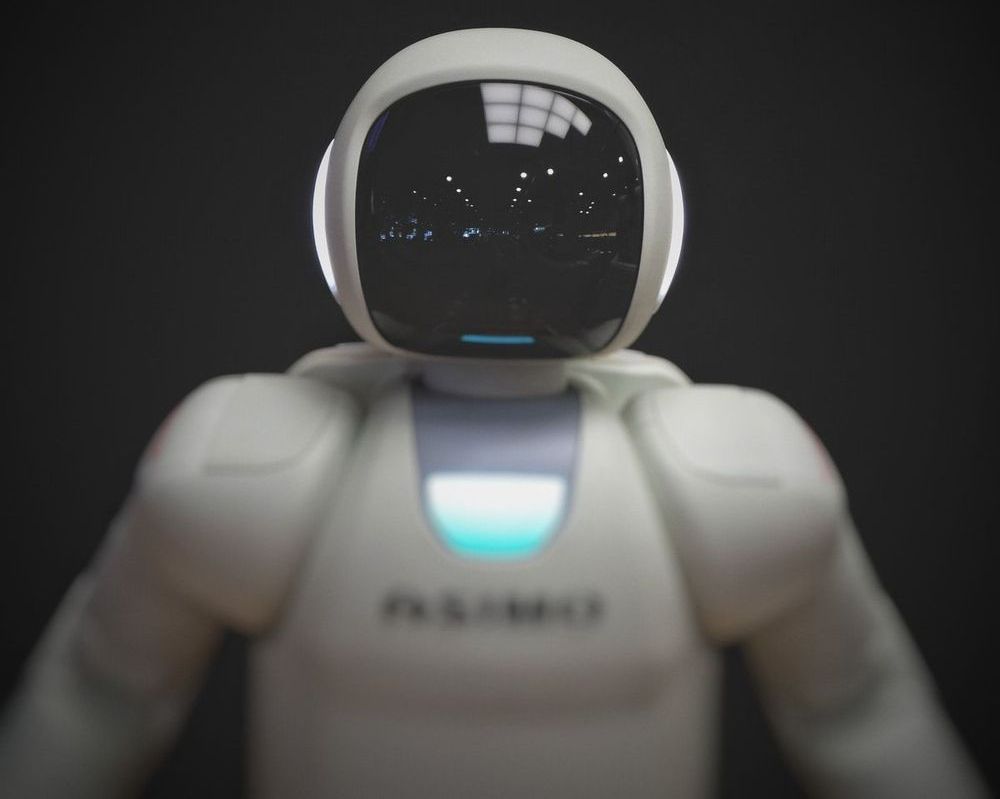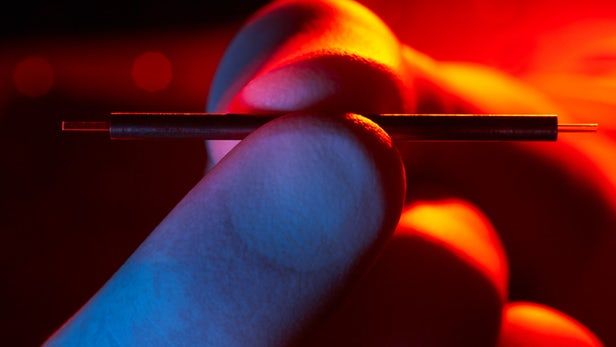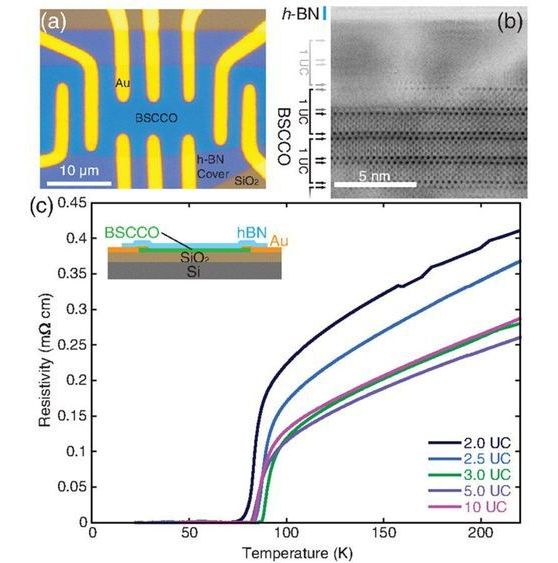Jul 11, 2019
Japan’s Hayabusa2 probe makes ‘perfect’ touchdown on asteroid
Posted by Quinn Sena in categories: materials, space
Japan’s Hayabusa2 probe made a “perfect” touchdown Thursday on a distant asteroid, collecting samples from beneath the surface in an unprecedented mission that could shed light on the origins of the solar system.
“We’ve collected a part of the solar system’s history,” project manager Yuichi Tsuda said at a jubilant press conference hours after the successful landing was confirmed.
“We have never gathered sub-surface material from a celestial body further away than the Moon,” he added.

